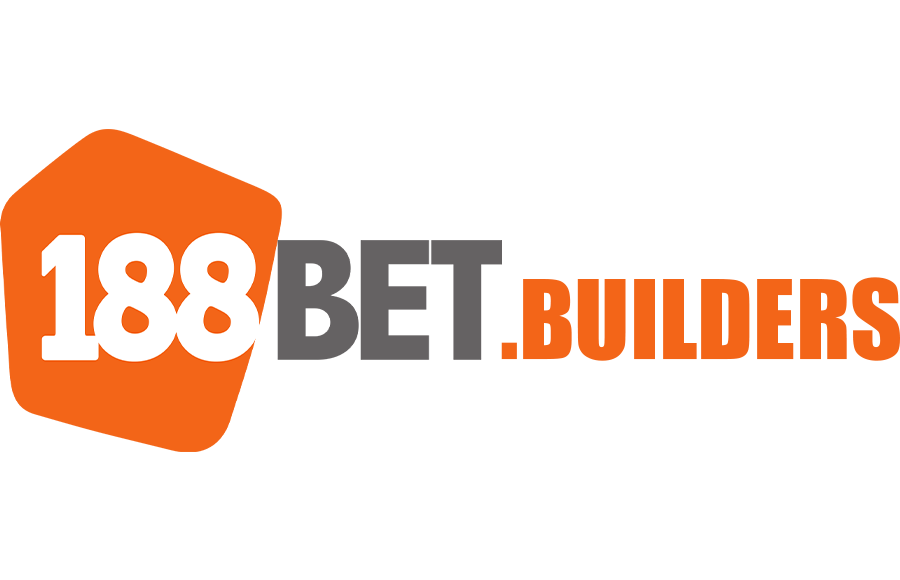
The Pros and Cons of Modern Technology
Modern technology has become an integral part of our daily lives. From the moment we wake up to the time we go to bed, various forms of technology accompany us, shaping our experiences, interactions, and understanding of the world around us. In this article, we will explore The Pros and Cons of No Deposit Bonuses in Bangladesh betwinner pakistan the significant advantages and drawbacks of modern technology, aiming to provide a balanced perspective on its impact on society.
Advantages of Modern Technology
1. Enhanced Communication
One of the most significant benefits of modern technology is the improvement in communication. With the rise of smartphones, social media, and instant messaging apps, people can connect with each other regardless of geographical distances. This connectivity promotes stronger relationships, collaboration, and a more informed global society. Communication is faster, more efficient, and more accessible than ever before.
2. Access to Information
The internet has revolutionized the way we access and share information. With just a few clicks, individuals can obtain knowledge on a wide array of topics, from academic research to DIY projects. This wealth of information empowers people to make better decisions, enhances educational opportunities, and fosters a culture of lifelong learning.
3. Increased Efficiency and Productivity
In many industries, technology has streamlined operations and improved productivity. Automated systems, artificial intelligence, and project management tools allow businesses to optimize their processes and reduce the time required to complete tasks. This efficiency can lead to higher profitability and a more sustainable work-life balance for employees.

4. Improved Healthcare
Modern technology has transformed the healthcare sector, leading to better patient outcomes and more effective treatments. Innovations such as telemedicine, electronic health records, and advanced diagnostic tools have made healthcare more accessible and efficient. Patients can benefit from remote consultations, personalized medicine, and improved access to specialists, ultimately enhancing their quality of life.
5. Economic Growth and Innovation
The technology sector is a driving force behind economic growth and innovation. New technologies create jobs, foster entrepreneurship, and stimulate competition. Businesses that embrace new technology can develop unique products and services, expanding their market reach and contributing to overall economic development.
Disadvantages of Modern Technology
1. Social Isolation
While modern technology facilitates communication, it can also contribute to social isolation. People may become overly reliant on digital interactions, leading to a decline in face-to-face communication and interpersonal skills. As individuals spend more time online, they may miss out on real-life experiences and connections, leading to feelings of loneliness and depression.
2. Privacy Concerns

The digital age has raised significant privacy concerns, as personal data is constantly collected and shared. With the proliferation of social media and online services, individuals often unknowingly expose their private information, making them vulnerable to data breaches, identity theft, and surveillance. The debate over data privacy continues to grow as users become more aware of the potential risks involved.
3. Dependence on Technology
With the convenience of modern technology, there is a growing dependence on devices and digital solutions. This dependency can lead to reduced problem-solving skills and critical thinking abilities, as individuals become accustomed to relying on technology for tasks that could be performed manually. Furthermore, over-dependence on technology can lead to addiction, affecting mental health and overall well-being.
4. Job Displacement
While technology drives innovation, it can also lead to job displacement as automation and artificial intelligence take over tasks traditionally performed by humans. Many low-skilled workers are at risk of losing their jobs as companies adopt more efficient technologies. This shift can result in economic inequality and a need for retraining and reskilling the workforce.
5. Environmental Impact
The production and disposal of technology can have harmful effects on the environment. Electronics often contain hazardous materials that can pollute soil and water. Additionally, the carbon footprint associated with data centers, manufacturing, and transportation contributes to climate change. The challenge lies in managing technology’s benefits while minimizing its environmental impact.
Conclusion
In conclusion, modern technology presents both advantages and disadvantages that significantly impact our lives. While it enhances communication, improves healthcare, and fosters economic growth, it also raises concerns about social isolation, privacy, and job displacement. As we continue to navigate this ever-evolving landscape, it is crucial to strike a balance between embracing technological advancements and addressing the challenges they pose. By doing so, we can harness the power of technology to create a brighter and more equitable future for all.
